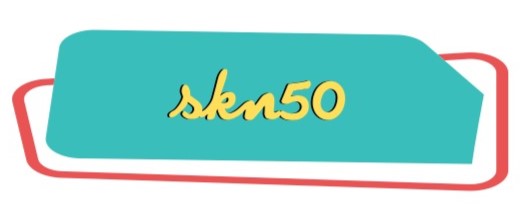Earlier than I provide you with my ideas, I’ve to ask: What’s your actual objective? Is it to have your property pay much less tax, or is it to maximise the quantity of wealth you allow to your beneficiaries? If you wish to reduce tax within the property, you would depart it to charity or spend and/or give it away earlier than you die.
I get the sense out of your questions, although, that you just wish to attempt to keep the worth in your RRIF and move it on to your beneficiaries, shedding as little to tax as potential. One potential final result, although, is that you just reside a protracted and wholesome life in retirement and also you naturally draw down in your RRIF. On this situation the tax received’t be the problem you assume it could be.
The 50% tax loss fantasy
Such as you, I usually hear that whenever you die you’ll lose 50% of your RRIF. It’s potential to lose 50%, however as an Ontarian you would want about $1,260,000 in your RRIF, assuming that’s your solely earnings at loss of life, to owe 50% tax. Keep in mind, we’ve got a progressive tax system. If in case you have $300,000 in your RRIF, you’d solely lose 38.7% though your marginal charge is 53.53%. In case you had $500,000 you’d pay 44.6%, once more with the identical 53.53% marginal tax charge. (Examine Canada’s tax brackets.)
One method to saving tax that may work is to attract extra cash out of your RRIF and maximize your tax-free financial savings account (TFSA). However you’ve already maximized your TFSA, which is why you’re pondering of including to your non-registered account. Plus, I believe you’ve gotten a non-registered portfolio which you’re utilizing to high up your TFSA.
The principle motive your proposed technique might not work is due to tax-free compounding inside the registered retirement financial savings plan/RRIF, which is a large however usually unrecognized profit. Plus, there’s the smaller tax advantage of with the ability to title a beneficiary in your RRSP/RRIF, thereby avoiding the property administration tax.
Withdrawals will price you in different methods
Take into consideration what’s going to occur whenever you pull cash out of your RRIF to spend money on a non-registered funding. You’ll promote an funding, withdraw the cash and pay tax, leaving you with much less cash to take a position than you drew out.
As well as, the additional RRIF cash you draw might influence your Outdated Age Safety (OAS), and it’ll improve your common tax charge. Once you reinvest the cash in a non-registered account will you buy assured funding certificates GICs, dividend-paying shares, or a deferred capital beneficial properties funding? Every sort of funding has totally different annual tax implications consuming into your long-term beneficial properties. The annual dividends/distributions might even have an effect on some authorities packages. Additionally, you may’t pension-split annual curiosity/dividends/distributions with a partner.
Lastly, upon loss of life there could also be capital beneficial properties tax to pay, and you should have property administration taxes (probate) to pay in most provinces. It’s for these causes that I discover it usually doesn’t make sense to attract additional from a RRIF so as to add to a non-registered or non-tax-sheltered investments.


